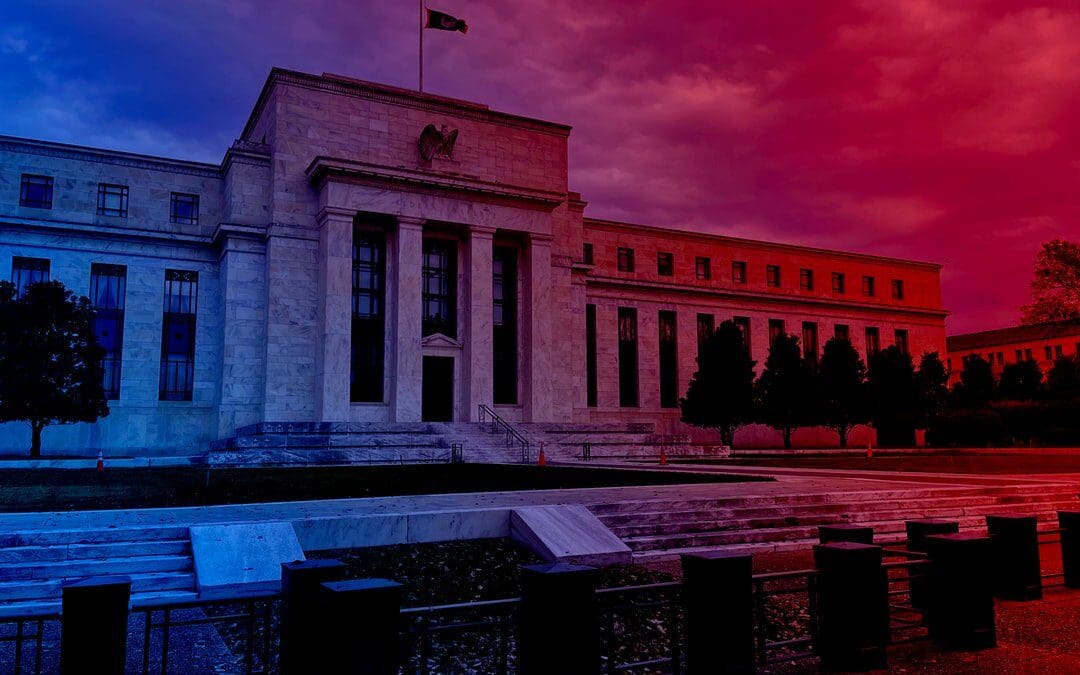As markets recovered on Tuesday, the banking crisis that kicked off on Friday looked a little less scary, though the turmoil may not be over yet.
There is optimism that the problems that sank Silicon Valley Bank and others in the U.S. won’t spread. Of course, there may be other issues–in Europe, Credit Suisse shares are plunging to new record lows as it faces its own demons.
The Federal Reserve looks like it’s still fighting the last war of the financial crisis. If there was a simple, overarching lesson from Lehman Brothers’ collapse, it was that the demise of one institution can have widespread and disastrous consequences.
But it’s also the case that allowing banks to borrow unlimited funds against collateral valued at par flies in the face of what textbooks prescribe. The Fed didn’t have to make all depositors whole and should be charging steep haircuts—i.e. lending out substantially less than the value of the collateral. That would punish them for failing to adequately prepare for hard times.
We’re now in the blackout period for Fed speakers before the central bank’s March 22 decision on rates. Traders have to guess what all this says about the Fed’s thinking.
It could mean rate-setters are extremely cautious, which would suggest no hike at all. For what it’s worth, Nomura on Monday predicted rates could go down—with a quarter-point cut next week—though it feels like a lot has happened since then. On the other hand, the Fed could feel like it’s done enough firefighting for now and proceed with a quarter-point hike.
Alternatively, after yesterday’s data showed inflation is still way too hot, the central bank may go for the shock and awe of a half-point hike.
Just a week ago, markets saw an almost 80% chance of such a move. Over the past few days, they’ve priced in no change at times. But now expectations have settled on 82% odds of a quarter-point increase, according to the CME FedWatch Tool.
Bottom line—nobody knows. The Fed’s next move will depend on whether there are any more surprises, like fresh panic from bank depositors, before Wednesday next week.
—Brian Swint
***
Investigators Looking At SVB’s Collapse as Investors Swoop In
The Justice Department and the Securities and Exchange Commission have started investigations into the collapse of Silicon Valley Bank, The Wall Street Journal reported, citing people familiar with the matter who said the separate actions may not lead to any charges or accusations of wrongdoing.
- Investigators are also looking at stock sales by SVB Financial executives before SVB was closed by regulators, the report said. SVB Financial’s CEO Greg Becker and CFO Daniel Beck didn’t respond to the Journal’s requests for comment. The FDIC said Monday SVB’s senior managers were removed.
- SVB disclosed on March 1 that a trust owned by Becker had set up an automatic stock sale program and exercised options in late February, selling more than $2 million of stock for about $287 a share. When the sale was set up in January, SVB shares traded at $296.
- Bank stocks recovered from Monday’s selloff, but pundits were still parsing the ultimate lessons. Bridgewater founder Ray Dalio said on his LinkedIn blog that the failure was a “‘canary in the coal mine, early sign dynamic that will have knock-on effects in the venture world and well beyond it.”
- Some hedge funds are swooping in. Ken Griffin’s Citadel disclosed it owns 5.3% of Western Alliance Bancorp . Shares of the Arizona bank fell 88% after SVB’s collapse. Citadel now owns nearly six million shares, up from just more than one million at the end of December.
What’s Next: SVB Financial creditors, holding a chunk of its $3.4 billion in bonds, formed a group in anticipation of a possible bankruptcy filing. The investors include Centerbridge Partners LP, Davidson Kempner Capital Management LP and Pacific Investment Management Co., or Pimco, the Journal reported.
—Liz Moyer
Dow Jones & Company, Inc.

